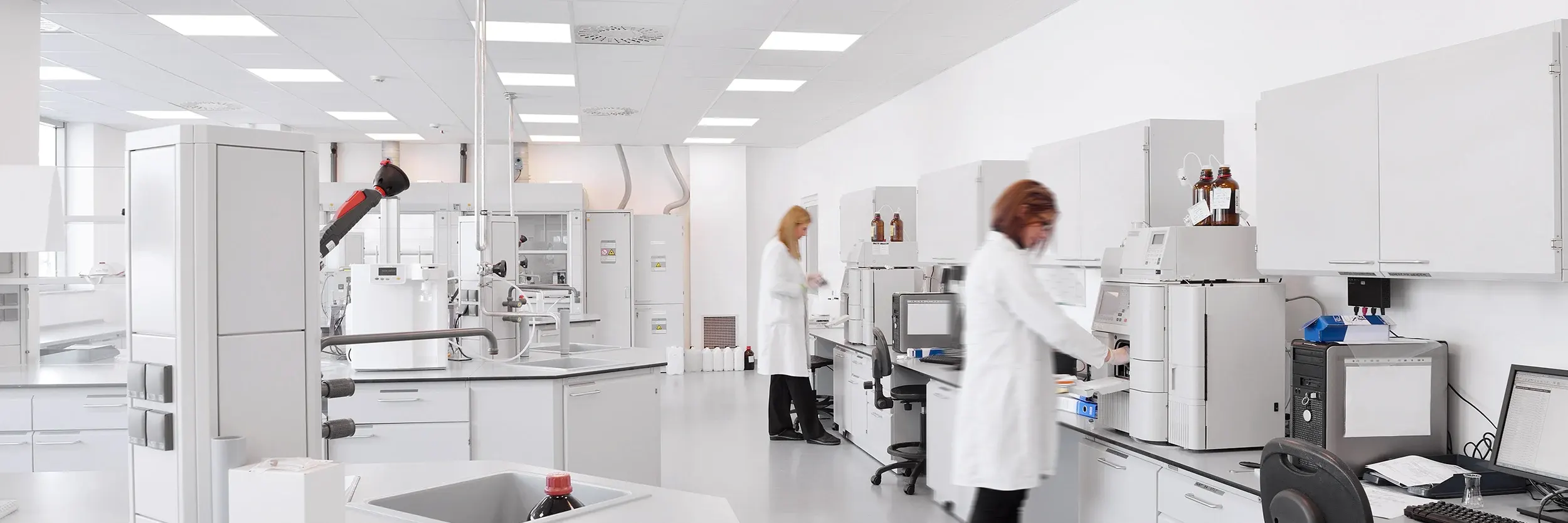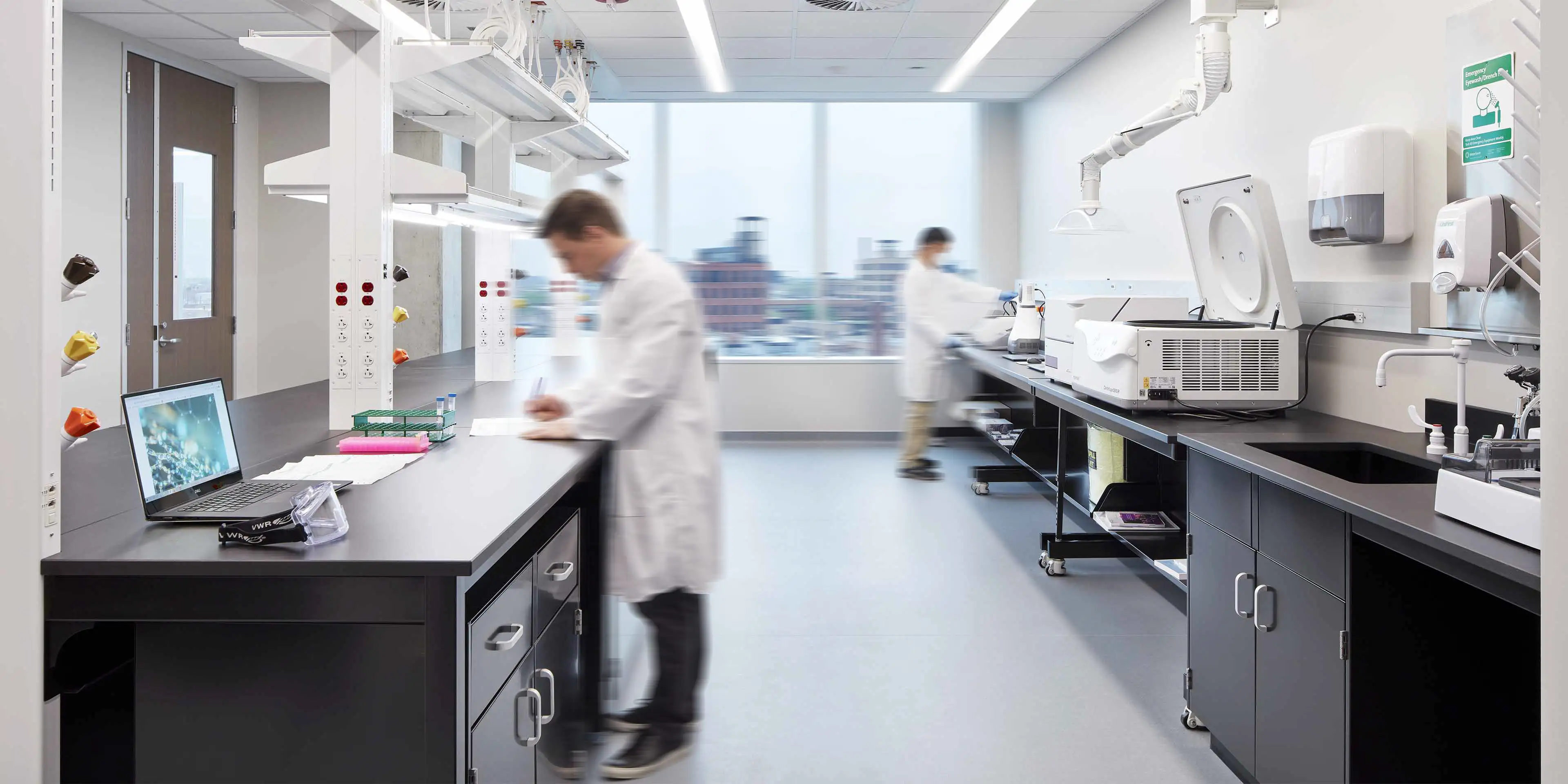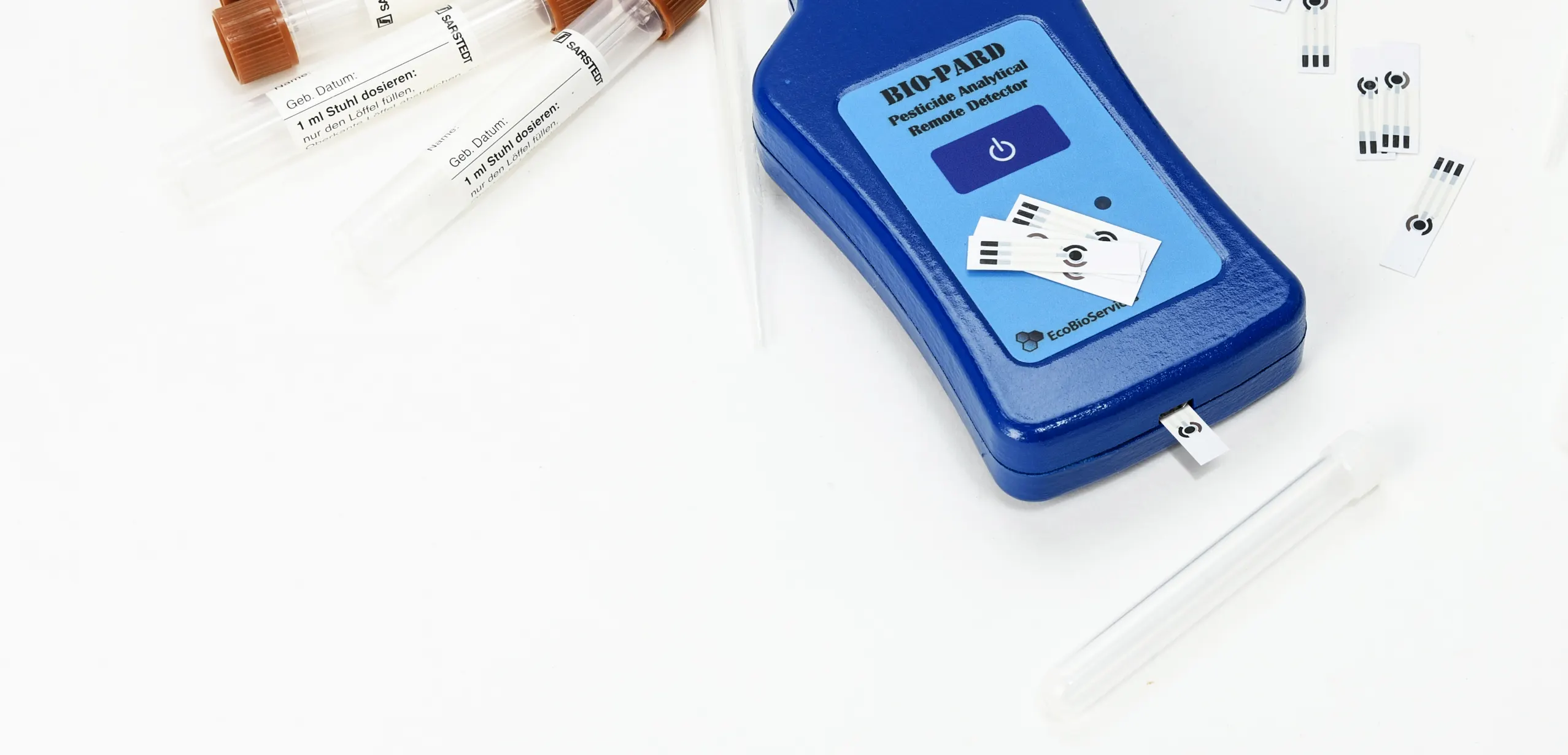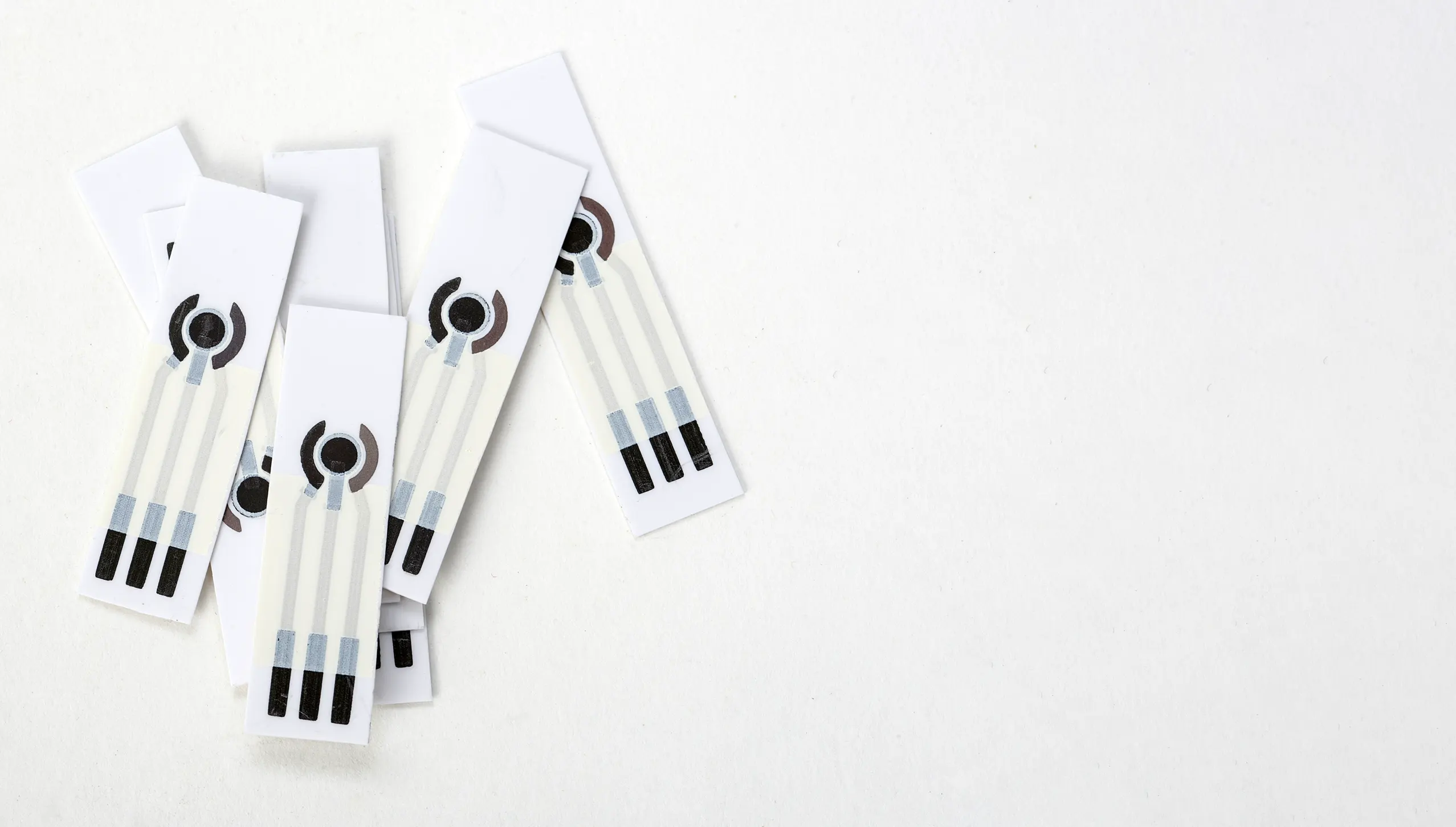
 ebsr
ebsr
research and development in biosensor technology
EBSR (EcoBioServices & Researches Srl) operates in the fields of advanced biosensor technology, biotechnology, and nanotechnology, engaging in research and development for universities and companies.

 The company and its history
The company and its history
EBSR (EcoBioServices & Researches Srl) was founded in 2004 through collaboration between the business world and a research unit at the University of Florence. The occasion was the development of a project aimed at creating an environmental monitoring network for wastewater using biosensors. This marked the beginning of a fruitful relationship that led to bringing innovative products and services to the market in the field of biosensor technology. The company EBSR was established with the initiative of the Municipality of Florence, which in 2003, in partnership with the University of Florence, launched an incubator for innovative small and medium-sized enterprises (SMEs). EBSR was selected to carry out its activities within the incubator's spaces. Today, in addition to its headquarters in Florence, EBSR also has a branch in Modica (RG). Alongside biosensor production, EBSR participates in applied research projects, leveraging its expertise, and engages in engineering programs based on the evaluation of scientific results from research organizations to experiment with new products for the market.
 The core business of EBSR
The core business of EBSR
- Production and commercialization of biosensors for monitoring in the fields of human health, environment, and the agri-food sector
- Promotion and development of advanced services in applied research and technology transfer to the industry, utilizing research outcomes.
- Training on the latest techniques for utilizing biosensor-based technologies
- Preparation, presentation, and management of applied research and technological innovation projects by participating in research calls issued by the European Union, the State, or regional authorities
- Promotion of agreements and partnerships with public research institutions and private companies to disseminate and utilize new knowledge and technologies
- Collaboration agreements and partnerships with qualified external entities and organizations to integrate the company's knowledge and technologies, fostering technical-scientific, organizational, and developmental synergies.
 ebsr Team
ebsr Team
 What is Biosensor Technology?
What is Biosensor Technology?
Biosensors consist of a biologically active sensitive element immobilized according to particular procedures and "intimately" connected or integrated with a physical translation system for the selective and reversible determination of the concentration or activity of chemical species in a sample.

 How biosensors works
How biosensors works
The working mechanism of a biosensor is relatively simple: the biological mediator immobilized on the surface of the sensor takes part in one or more processes which determine the variation of a chemical or physical parameter, which can be detected in real time by the transducer. Then, the transducer converts this variation into a measurable signal. In biosensor designing it is necessary to keep in mind a certain number of points: it is necessary to choose the biochemical event of interest, therefore the bioactive material and then the most suitable transduction system.
The first step is very important for the successfull of the design: the choice of the bioactive material essentially depends on the nature of the analyte, whereas the transducer depends on the type of sample (liquid, solid or gaseous) and on the parameter to be revealed (ion transfer, a current, a voltage…).
 The advantages of biosensors
The advantages of biosensors
- high specificity and sensitivity
- easy of use
- low cost of the instrumentation
- minimal sample pretreatment
- small size and the possibility to operate on-site with portable equipment
- possibility to operate in remote control set-up via wireless connections
- Regeneration and reuse of biological recognition elements

 Disposable biosensors
Disposable biosensors
EBSR, leveraging the expertise of the University of Florence, specifically the Department of Chemistry "Ugo Schiff" has developed a production line for disposable sensors using screen printing techniques, intended for the development of biosensors. In the screen printing production process, various types of ink are deposited onto a substrate through the printing of successive layers, resulting in controlled circuits of shape and thickness. With the disposable application, the issue of "memory effect" between each sample is overcome, as well as the phenomenon known as the "poisoning" of the electrochemical surface, which is one of the major challenges associated with the use of electrochemical sensors. Furthermore, these printed sensors are characterized by high reproducibility and do not require calibration.
The produced disposable printed sensors are complete planar electrochemical cells that can be used both in immersion and as "drop-on sensors." In the latter case, only a few microliters of sample are required to perform the measurement. Each screen-printed sensor consists of a working electrode with various compositions (graphite, graphite modified with mediators, graphene, gold), a pseudo-reference electrode in silver, and a counter electrode based on graphite.






